PIP, or post-injection pain, is a nasty and random thing. Some say you just have to “man up”. We say — there’s a lot you can do before to reduce PIP after injecting steroids before you need to man up. Here’s what you need to know.
What Causes PIP?
There are three ways we can answer it:
The injection mechanics themselves
You’re piercing your skin with a thin metal tube to put a whole bubble of liquid right next to your pain receptors, after all. It’s completely normal to have SOME post-injection pain. However, it’s not always the case with steroids.
The co-solvents
With anabolics, you always need a carrier. Most of the time (for, say, Testosterone esters), the carrier oil is as follows:
- Cotton seed oil;
- Sesame seed oil;
- Grape seed oil.
None of these are supposed to be really painful. However, pre-made blends CAN be:
Whatever blend you take, it will ALWAYS be a little more painful than a single-compound oil-based solution. The reason is a higher concentration of alcohol in the vial, used to keep the different compounds in the blend in proper condition.
Suspensions
Finally, suspensions are also notoriously bad in terms of PIP. Compounds like Testosterone Suspension just don’t use oil at all: it’s raw testosterone in sterile water.
Faster half-life, but way more notable PIP. Might not be a good option for those with virgin muscles or a low pain threshold.
9 Steroid Injection Mistakes That Cause Post-Injection Pain
Wonder what else can cause your post-injection pain? Your mistakes during the injection. And most often, that’s exactly the case, especially for those who just started.
Here’s what you are LIKELY to do wrong and what might cause PIP.
Not Injecting Slow Enough
You’re not supposed to do it on-the-go, you know it, right? Faster injection results in a more rapid pressure change in the injection site. More damage to your tissue, more pain as a result.
We recommend injecting your gear as slow as you can. Take your time, chill a little, make it a quest: how slowly can you push the lever?
You should barely see the lever moving during the injection.
Slow and steady wins the race (or, well, can actually move their arm the next day).
Not Warming Up Your Gear
If you were injecting it cold all that time, here comes a game changer: the less difference in temperature your body and the injectable compound have — the less pain you will feel.
You need to warm the vial up a little before injecting, to raise it to your body temp level (or, at least, get close to it) to reduce the PIP. You can use:
- A cup of warm water;
- Running hot water;
- A good-ol’ heating pad.
A heating pad is probably the best thing you can do for a whole tone of minor practical reasons:
- It doesn’t deteriorate the label, so if you’re planning a trip, you know you won’t have to explain what it is in the vial to the customs;
- It doesn’t overheat your gear (too hot is still a temperature difference, which will result in more pip);
- And it doesn’t need time to dry, so you can disinfect the rubbery part of the vial right before injection (with a cup or running water, you’d still need to disinfect it before touching it with your needle, but you’d either have to wipe it with some cloth or wait for it to dry).
Using the Wrong Needle
This one comes at no surprise: the thinner your needle is, the less damage your tissues get. Less damage equals less PIP.
In case you never dived into this question, needles are sized in gauges (G’s). The thickest common ones are 14G needles: those are used exclusively for rapid fluid infusion in life-death situations and severe traumas. The thinnest ones are 33g (though there are surely less common thinner types), but you’re unlikely to find it in your local pharmacy.
Sure, thinner needles require more time to draw the oil from the vial to the syringe. However, you’re not supposed to use the same needle for both drawing and injecting. This is what the majority of experienced athletes do:
- Use a thick, 21 or 22G needle, for drawing the compound;
- Remove it, throw it away (dispose properly);
- Put a 29 or 30G needle on the syringe;
- Enjoy your painless and comfortable slow injection.
Depending on your body fat, you may need longer or shorter needles. Some bodybuilders are happy with insulin needles, some need longer ones. Experimenting a bit is the key to reducing PIP.
Injecting Through Alcohol
This one may result in minor discomfort, but it still counts if you do it regularly. When you’re performing an injection, you’re supposed to disinfect the injection site with some alcohol. The absolute majority will use alcohol swabs for it.
If you apply alcohol to your skin and immediately right after that stick a needle into it, the needle will carry some alcohol under your skin. And if it makes it to the pain receptors, it will feel a little like burning.
Not a nightmare, not a catastrophe, goes away quickly, but if you let the alcohol dry (happens in seconds), it’s easy to avoid.
Not Massaging the Injection Site
If you slightly tap your injection site after removing the needle, rub it a little, or slap it a few times, your PIP is really likely to be less notable.
Sounds like bro-science? Sure. However, here’s a meta-analysis of 25 studies about PIP and physical stimulation, with a total sample of almost 2000 people that proves it.
The study also mentions the Helfer skin tap technique, though we have a hard time imagining an athlete performing it on themselves. Might work with quads, though.
Not Injecting into a Relaxed Muscle
Of all times to flex, pinning is probably the worst moment of all. Your muscle tissue should be 100% relaxed to reduce PIP.
Remember, a good chunk of discomfort comes from the injection mechanics themselves: changing the pressure under your skin, applying more stress on your tissues right next to pain receptors. Of course you should be relaxed: it’s just another proven thing.
Injecting in The Same Place All the Time
You’re not supposed to inject exclusively into your right quad or the upper corner of your glute. Rotating the injection site is beneficial in all aspects:
- Allows you to find the most comfortable one to prioritize and reduce the risk of poorly-performed injection;
- Reduces the stress that your injection site experiences and lowers PIP;
- Slows down the scar tissue build-up (the one that can be removed through a surgical operation only).
Best Injection Sites for Gear?
Here’s how you can go:
- Glutes;
- Delts;
- Quads;
- Lats;
- Chest.
The compound, in simple terms, doesn’t care which muscle it goes into: the effects are going to be the same. So if you are, for example, doing a Testosterone Enanthate bulking cycle with E3D injections, your glutes will get the injection every 2 weeks (instead of twice a week).
Buying Low-Quality Gear
Underground labs are never perfectly sterile. The owners know it. And sometimes, add a ton of alcohol to the vial, to prevent any infections.
Also, UGL compounds are notoriously high-dosed: 300 mg/ml? 400mg/ml? There’s no room for oil and probably a ton of alcohol inside the vial. Of course it will hurt like hell!
Your only solution is to buy high-quality steroids. We happen to sell them in our store, by the way.
Not Using Sterile Oil
Sterile oil is something you can buy at any pharmacy, and it might be the key to reducing your PIP, caused by a high-concentration or the wrong cosolvents in your original compound.
We put it at the very bottom of the list for a simple reason, though: reconstituting your gear at home requires some skill, immense dedication to sterile conditions, and some calculations. It’s not something a beginner should do, and it requires a whole separate guide.
Afterword
In any PIP discussion, there’s always some guy who jumps in just to say «man up!», «toughen up!», «are you even a man if you care about post-injection pain?!», and so on. These people are rarely experienced at anything steroids-related, though, so they can be ignored.
Everyone has a different pain threshold, reaction to oils, levels of sensitivity, and so on. You should keep in mind that PIP is different and random for everyone:
It’s one thing if it’s a little «ouchie» for a minute or two, and it’s a whole different thing if you can’t lift your arm the whole next day after a delt injection.
Hardcore post-injection pain is rare, but it is NOT OK. If you just «man up» in response to it, you might end up in a hospital with an infection or an allergic reaction. Use this guide to reduce the discomfort, but still keep an eye on your health!

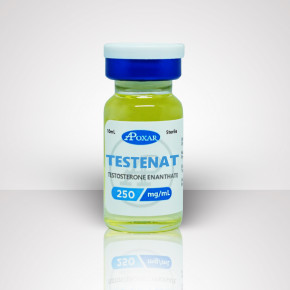
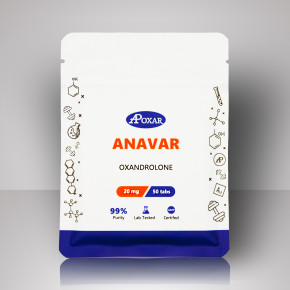

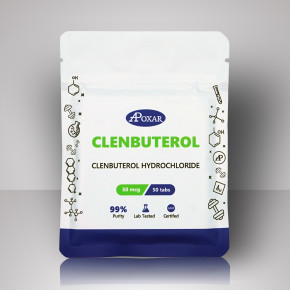
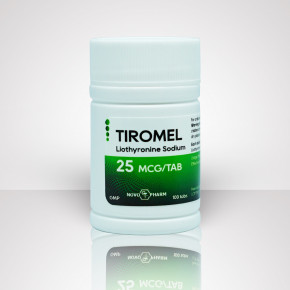
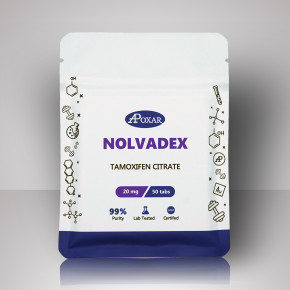
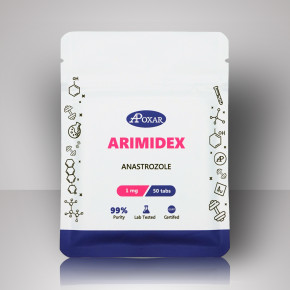
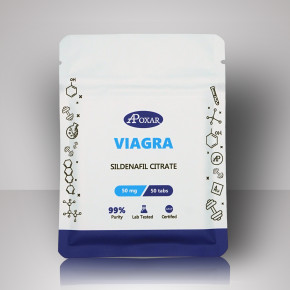
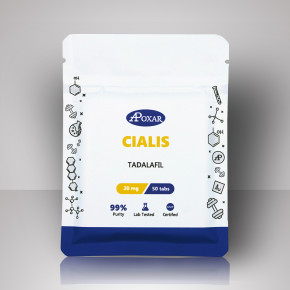
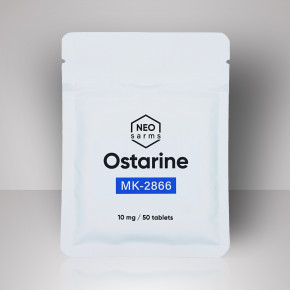
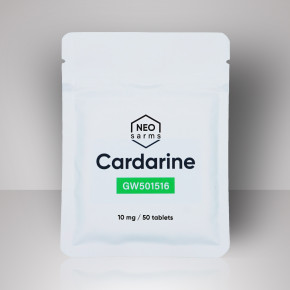
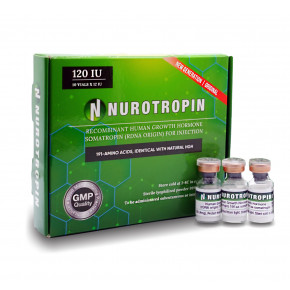
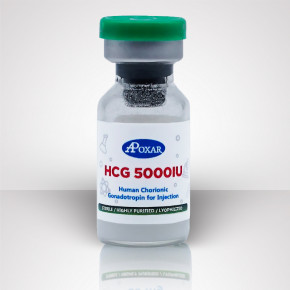

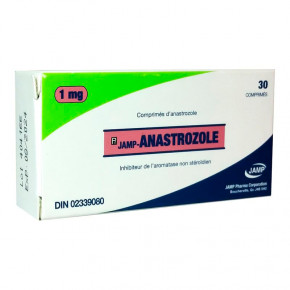
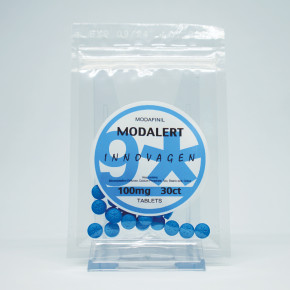
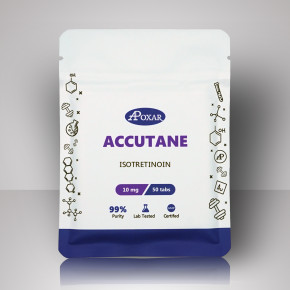
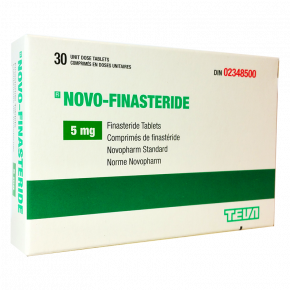




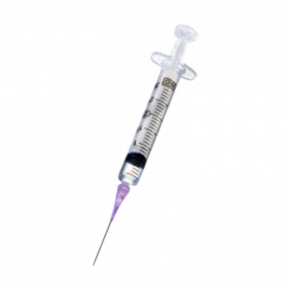
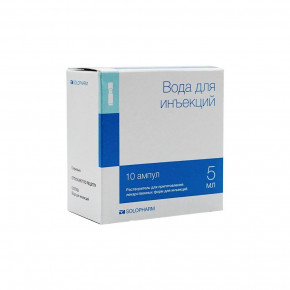

 Proudly Serving Canadians Since 2012
Proudly Serving Canadians Since 2012
